Mechanical Recycling Job Gaps
May 1, 2024
Someone asked me today about transitioning from traditional fashion into the circular fashion industry and what jobs they could look for.
I shared two ideas with them:
Recycled Fiber Supply Chain Whisperer
Recycled Material Product Development
Context
As more recyclers develop and grow, especially more mechanical recyclers, there is going to be more recycled fiber on the market, and mechanically recycled fiber rarely looks and acts exactly like virgin fiber. This is mostly because mechanical recycling means chopping up and physically pulling textiles apart, so it damages and changes the fiber in the process. This means the fiber coming out at the end will not be the same as a virgin fiber; usually it isn’t as high quality (typically meaning it’s not as long as virgin fiber), but it can still be spun into new yarns either by itself or combined with virgin fibers. Irys Kornbluth, from mechanical recycling company Everywhere, says, “Mechanically recycled fibers are short and can be unpredictable. When run through existing infrastructure they are going to behave differently and we need to be prepared to develop different manufacturing processes around them.” When using recycled fibers today, it is very common for recycled fiber to be blended with virgin, usually a small % recycled- say 20%- and the vast majority virgin- the remaining 80%.
There are numerous companies in the mechanically recycled fiber business. (There are others in the chemical recycling business, but that’s a different topic.) Here’s a short list:
*honorable mention for Accelerating Circularity who is not a recycler themselves, but is hosting a coalition of recyclers and brands to help prove and scale the recycled fiber supply chain.
Many of these companies are good at creating recycled fiber and some are even good at turning it into a yarn, but many times the stumbling block is ‘who is going to buy this yarn?’. It's great if the recycled fiber or yarn can be created, but then companies have to buy it to put into their products, which means it may have to go through their existing supply chains, which leads me to the first gap opportunity.
Recycled Fiber Supply Chain Whisperer
After the mechanical recycling process we are left with fibers that are similar to but not the same as virgin fibers. These either need to be used in existing supply chains, or new supply chains will be created for them; likely both of these things are happening. In order to learn how to best create material from recycled fibers, we need people who speak “fiber”- textile and yarn specialists. These people can help existing yarn and material spinners (who make yarn) and mills (who make fabric) incorporate recycled fibers into their processes. The existing spinners and mills are used to running their machines with virgin fibers, and they make their money by constantly running their machines for high volumes, i.e. efficiency. They probably aren’t that interested in pausing their machines to experiment with recycled fiber because it will cost them time, i.e. money. If there are experts who already speak ‘fiber’ and also understand recycled fiber, they can help these existing spinners and mills incorporate recycled fibers in a less disruptive way.
Irys says:
In textile yarns, raw material providers are operating under a lot of pressure to produce high quality materials for production. Not only is there pressure on cost, if their materials don't work, it affects the entire supply chain and production. For that reason, we've found spinners and other types of raw materials converters to be more conservative when it comes to recycled material content percentage, since introducing a higher percentage of recycled materials introduces risk and decreases efficiency compared to conventional products they may have been running for years. They are used to operating at a certain level of performance and need to maintain the capacity of their factory to run profitably.
Knowing that the above scenario is quite challenging, I am also a huge proponent for new and innovative supply chains who are not tied to their legacy customers. I think it would be super smart for a big existing spinner or mill to incubate a recycled materials production line to help them move into the future demand from companies who will be purchasing recycled yarns and fabrics. I’m sure some companies see this opportunity and are already doing this.
Recycled Material Product Development
The second gap is product development. It is clear to me that some of the mechanically recycled fiber outputs will need to go through product development to figure out how they can be used best. As Kedron Thomas, Associate Professor at University of Delaware and co-lead at ReSpool, says succinctly, “Traditional product development approaches are ineffective when you’re starting with discarded or secondary (second life) materials.” The mechanical recycling process will create all kinds of new fiber chunks, let’s call them, that are not similar to any virgin types of fiber. Instead of looking at these recycled fiber chunks as bad or unusable, I think we may just need to look at them as new raw materials that require development to unlock their full potential.
One more Irys quote!
Product development with mechanically recycled fibers can be a bit more exciting as there are sometimes unpredicted outcomes -- occasionally for the better and occasionally it's not what you expect. Resulting color, texture, and physical properties of the material can vary slightly from waste lot to lot depending on how the waste was sorted and sourced. I've always regarded this as a fun challenge more than anything else, but it's definitely something that the market needs to be prepared for and that we do a lot of education on with our customers, especially retail brand customers.
I 100% second that especially the hand holding and education with retail brands. I believe that consumers are actually ready for recycled materials and products- maybe more ready than brands.
“Non-woven” materials are a great example of this development challenge. When mixed textiles are shredded into fluff, many times they are converted into a product that is some kind of felt or non-woven, like moving blankets or rug padding. Non-woven materials, at least in my understanding, are materials that are not yarns and are not woven, but instead are needle punched or sometimes even glued together to create a padding-like consistency. (Here’s an example of a company making non-wovens: BitFelt.) These types of products have been made for decades, but I think we are going to see a lot of new development and leveling-up with non-wovens and other applications for recycled fibers. It’s important that we do not assume that applications will be in the fashion industry; they can and should be across many industries to help make use of something that may not meet many fashion industry requirements (like length of fiber, for example).
A fantastic example of innovating in this non-woven space is Waste No More, a project run by EILEEN FISHER, Inc that utilizes their post-consumer damaged fabrics by turning them into art. I was working there when this concept was being developed and I can tell you that it took a whole lot of vision and experimentation to arrive here. It was not business as usual, and if business as usual was overseeing this project it would not have come to life.
Kelly Cobb, Associate Professor at University of Delaware and co-lead at ReSpool, says “R+D facilities need to be more common, more inviting, collaborative and transparent. We just don't know who is going to have the innovation that will push circularity forward— diversity is key.”
In conclusion
This topic is really about bridging gaps between what has come before and what will come in the future. There will be many opportunities for creative and problem-solving individuals to play this bridge role and help bring the future of recycled materials to life.
The Podcast: Used Textile Collection with Adam Baruchowitz
Make sure to catch up on this rowdy conversation with Adam B from Wearable Collections and now Return to Vendor. He’s been in this space for many years and is a wealth of knowledge and real talk.
Until next week,
Cynthia

